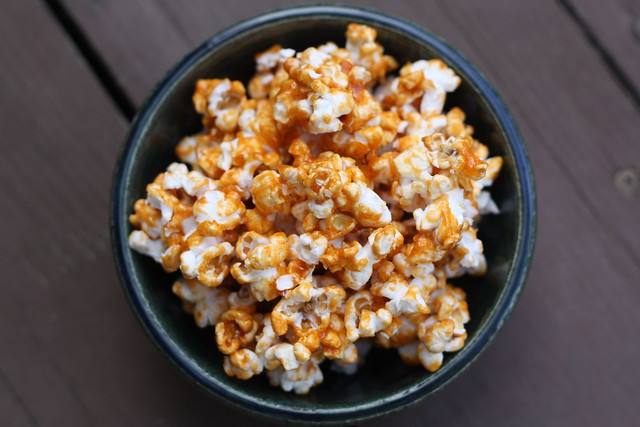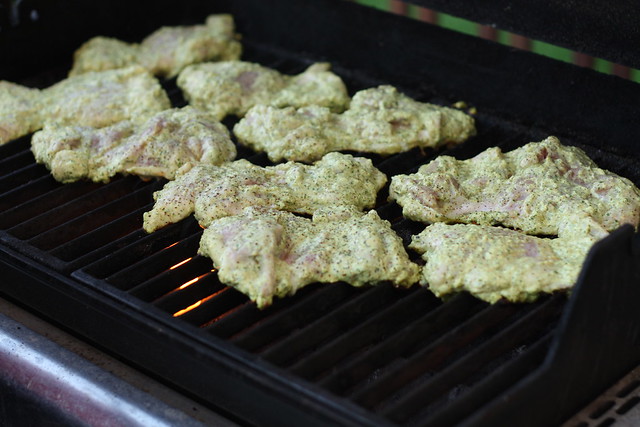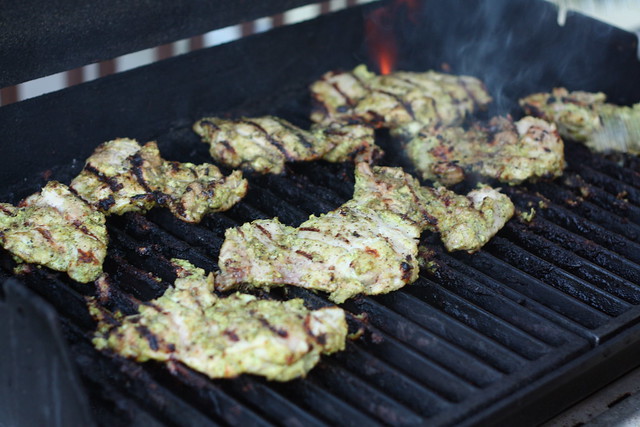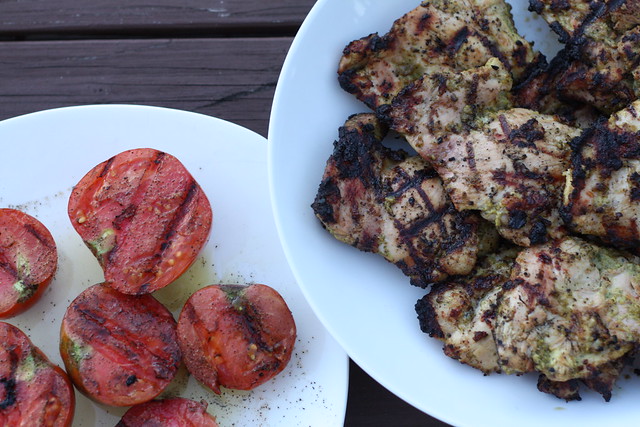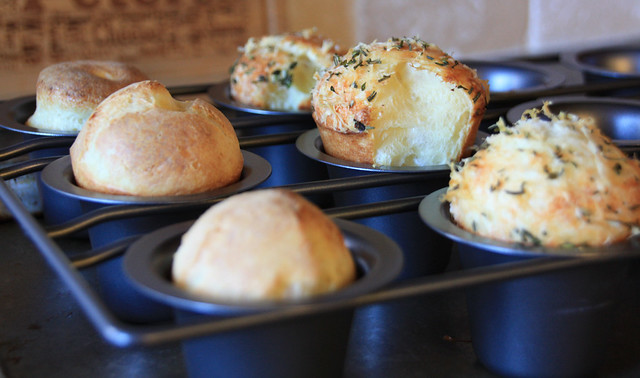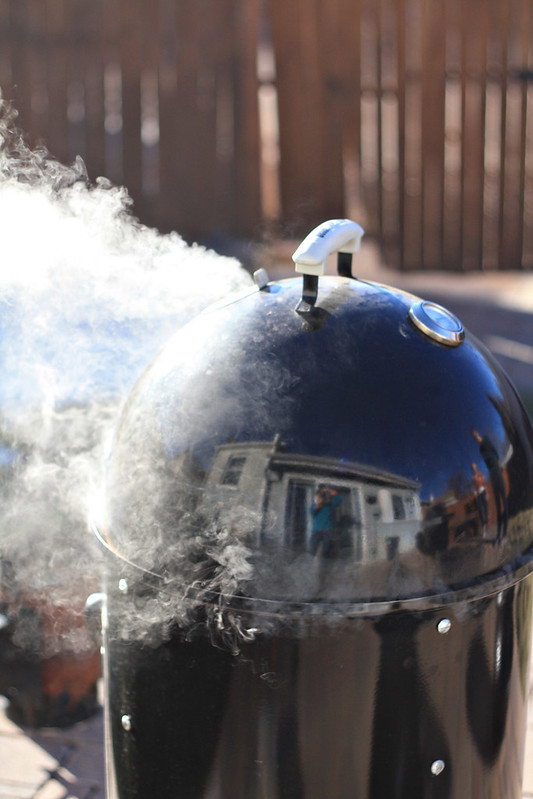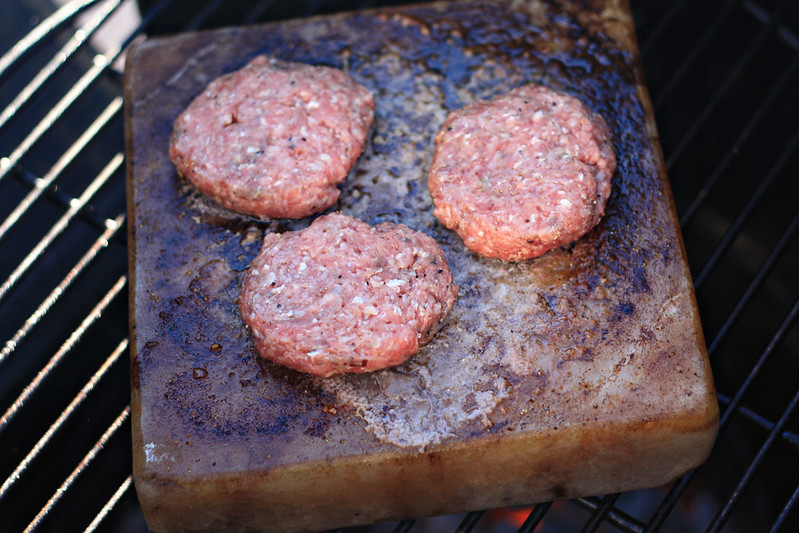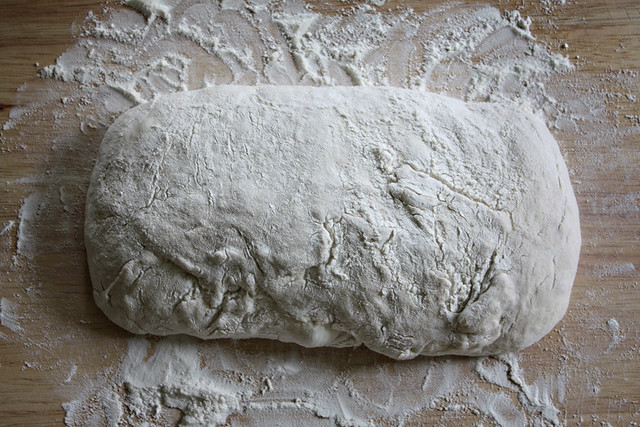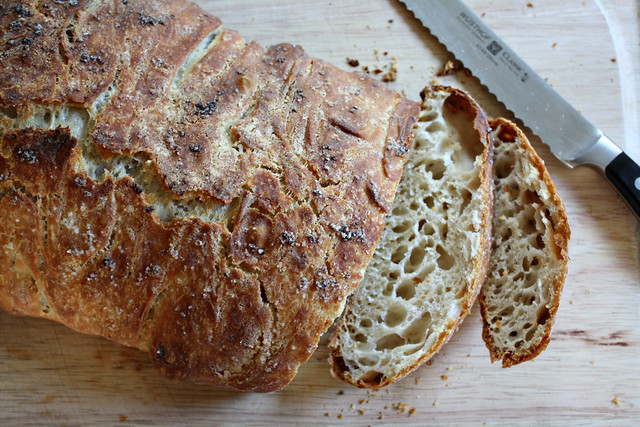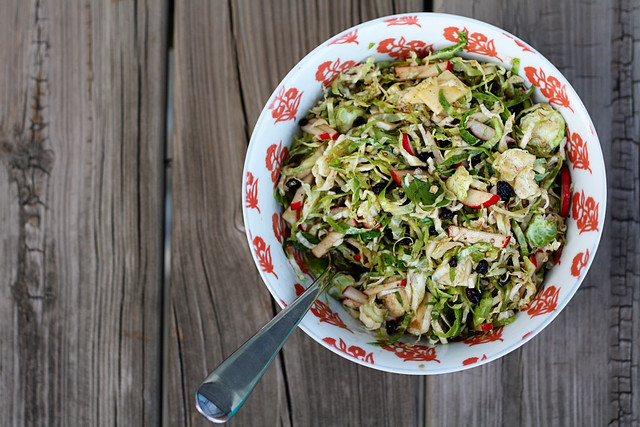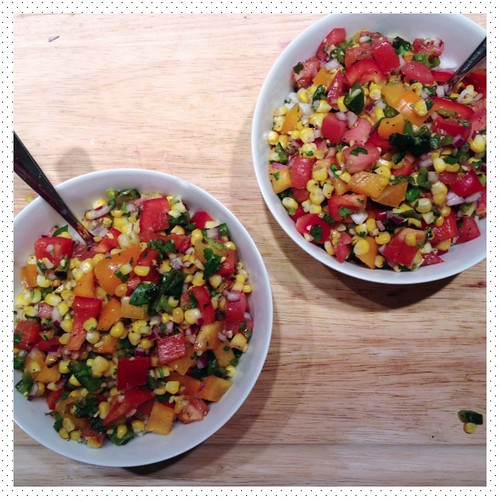A month ago, Chris and I had the wonderful opportunity to take a trip through Italy and the Swiss Alps. It was a two-week trip of a lifetime, and I can't even begin to wrap my head around sorting through the 1000+ gorgeous pictures I came home with, let alone narrow it down to make a keepsake photo album.

One of our longest stops was in Florence, where we rented a charming little apartment for a week and spent time both enjoying the sights in Florence, as well as getting outside of the city to enjoy a few day trips. But since this is a food and wine (and craft, but come on, I wasn't crafting in Italy!) blog, it's only fitting that the highlight of this post is the culinary highlight of our trip.
And for that, I must take you to Chianti.
![]()
We researched and hired a local driver to take us around the Chianti region of Tuscany on our second day in Florence, which was definitely a good decision. Come on - renting a car and driving around those winding roads in a country where we don't know the language? While drinking wine? Let's just not go there.
Our driver showed up and she was lovely, and my goodness she was good at weaving in and out of the crazy traffic/randomly parked cars! Also, and most importantly, she was very familiar with the various wineries and had great rapport with the wineries where we stopped.

Even though it was a dreary, rainy day, I still got some great photos, and my loving husband was so kind to hold the umbrella over my head as I snapped away!
But now we reach the part of the story where we talk about the food.
Around lunchtime, we stopped at a winery called
Casa Emma. At this point in the day, the rain was coming down in sheets, and as soon as we stepped inside, it started hailing. We were happy to be inside and be warm, and the winery manager was happy that someone actually braved the weather to come in. He immediately sat us down, rolled the heater over, and shared the story of his winery with us. He prepared a light cheese and prosciutto platter, and we tasted all of the winery's wines, as well as the best olive oil and balsamic vinegar (both also products of the winery) I have ever had.
Once we were done with the tasting, he asked if we wanted to stay for lunch. They had a full dining room that was recently built in the back of the building, overlooking their vines, so of course we obliged. Since we were the only ones there, I think they were also thrilled to have someone to enjoy the food they had been lovingly preparing.

We were treated to a wonderful four-course meal, all specialties of the region. And of course, we had plenty of wine.
We started with a selection of light starters, including a liver pate that is very traditional for the area.
Of all the amazing food in that meal, the absolute most memorable dish for me was the pasta.

The pasta dish was a simple homemade pasta bolognese, but there was nothing simple about the complexity of flavor and the texture of the pasta. That was the day where I finally fully understood the concept of al dente. It's not just making sure not to overcook the pasta; a true homemade pasta, made perfectly, has the most incredible texture. Then paired with a deep, rich sauce, and of course finished with some of the winery's olive oil, the experience was ethereal.


We then had a pork dish that blew my husband's mind, including a 2-day red wine sauce that had outrageous depth of flavor. Though I will admit it wasn't a pretty dish, it was certainly something special to taste. Chris even asked them how they made the sauce, and the winery manager went back and asked the chef, then came back out and dictated a full list of instructions. You can find the recipe at the bottom of the post, but I warn you, it is a very quick list of steps, and involves what I assume to be absurd amounts of olive oil and wine.

And of course, you also finish it with even more olive oil. Eeesh.
Finally, no meal would be complete without a little dessert.

...and a little dessert wine.

Even with the cold and rainy weather, our day and this meal experience in Chianti was one of the most incredible memories of the whole trip.
---------------------------------------------------------------------------------------------------------
Pork Loin in 2-day Red Wine Sauce
That's what I'm going to call it since they didn't actually tell us its name. Also, the instructions are fairly crude since the winery manager was just talking us through how they make it. You take what you can get!
1. Start with a good amount of olive oil in a big roasting pan (after what I saw with the abundance of olive oil at this winery, I'd say "good amount" probably means a whole lot of olive oil. Hey - maybe that's why it was so good!)
2. Add one carrot, half an onion, and lots of garlic to the pan.
3. Heat the pan, and add a large pork loin when the oil is hot. Turn to sear on all sides.
4. Kill the heat.
5. Add enough red wine to cover 3/4 of the loin (oh right - the other reason why this tasted so good.)
6. Cook in an oven at 350F/180C until the wine is fully reduced (sorry, he didn't tell me how long this takes, but I'm guessing quite a while)
7. Remove from heat, let it cool, and put in the refrigerator overnight.
8. The next day, remove the pork, and stir the sauce over heat by hand until everything breaks down.
9. Slice the pork thinly, sear quickly in a pan to heat, and top with the sauce and serve.
